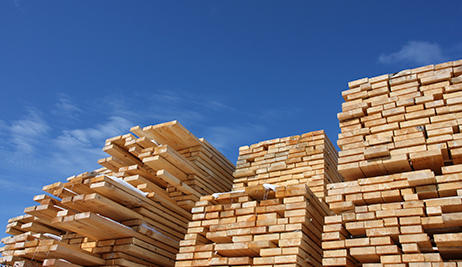An Associated Builders and Contractors (ABC) analysis of information provided by the Bureau of Labor Statistics (BLS) shows construction material prices decreased 0.5 percent from July to August, according to www.abc.org. On a year-over-year basis, the price of construction materials increased 8.1 percent.
Nonresidential construction material prices decreased 0.4 percent from July to August and increased 8.3 percent between August 2017 and August 2018.
"Stakeholders will be tempted to look upon this month's inputs to the construction Producer Price Index report as evidence that the cycle of rapidly rising prices is nearing an end," says ABC Chief Economist Anirban Basu. "Prices of key inputs have been high for quite some time, which would tend to induce a larger supply of these items and, in turn, moderate prices.
"Some may also conclude that ongoing progress in trade negotiations with nations including Mexico and Canada has helped to moderate input prices," he continues. "Still others might point to growing economic turmoil in nations like Turkey and Argentina. Economists would also note the likely impact of a strong U.S. dollar on import and commodity prices. While all of these are potential explanations, another possibility is that the August data are largely statistical aberrations. Metal prices continue to move higher on a monthly basis, with recently enacted tariffs representing a likely explanation."
Basu says companies should be prepared for additional materials prices increases into 2019.
"In the final analysis, the falling input prices trend likely won't continue," Basu says. "The economy is still strong, and ABC's Construction Backlog Indicator remains elevated in both public and private construction segments. Inflation expectations have shifted, with purchasers of construction services now anticipating price increases and therefore more willing to accommodate them. Moreover, issues related to tariffs and trade wars persist. Accordingly, estimators and construction companies continue to consider the likelihood of additional input price increases for the balance of 2018 and into 2019."





